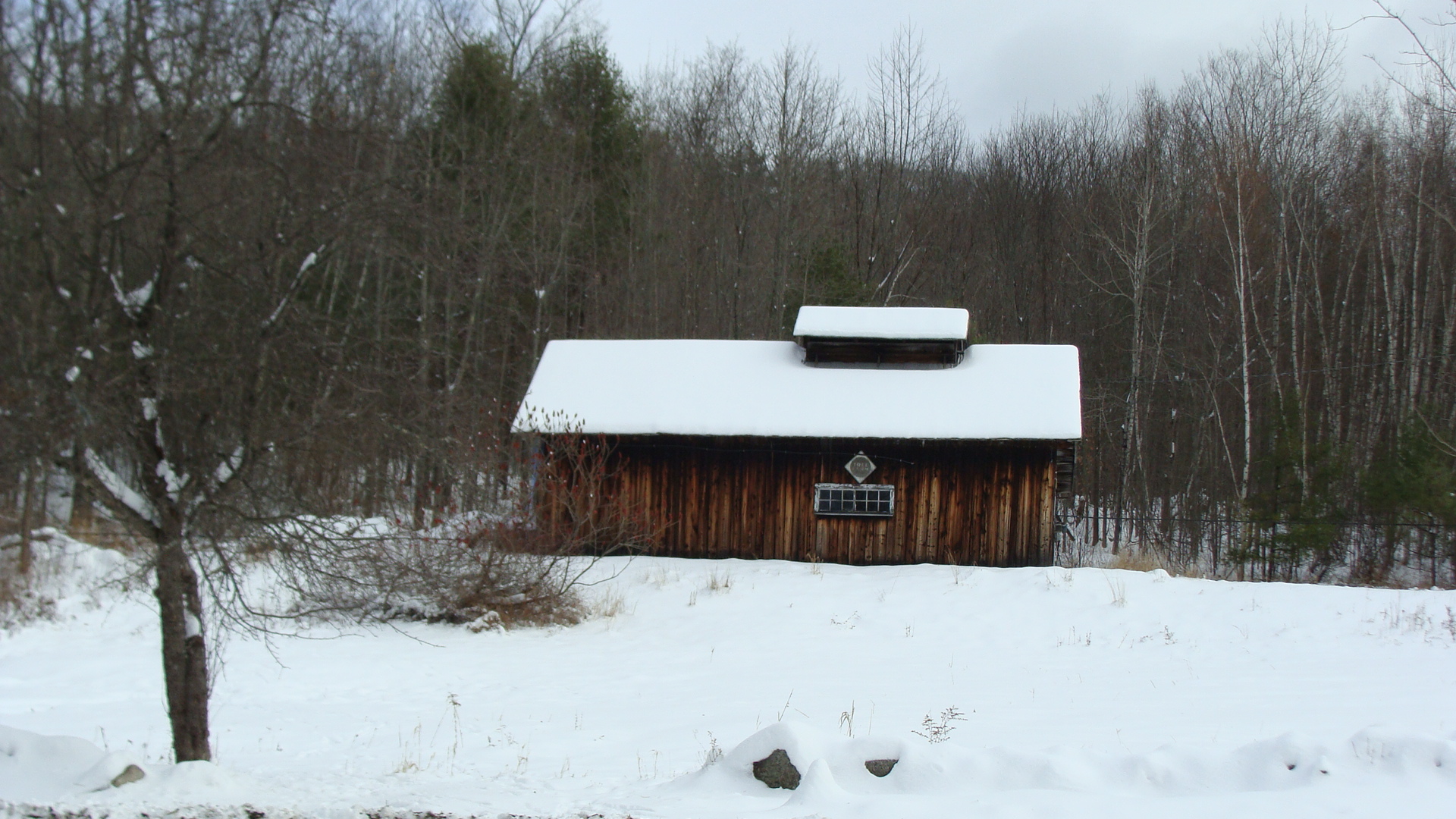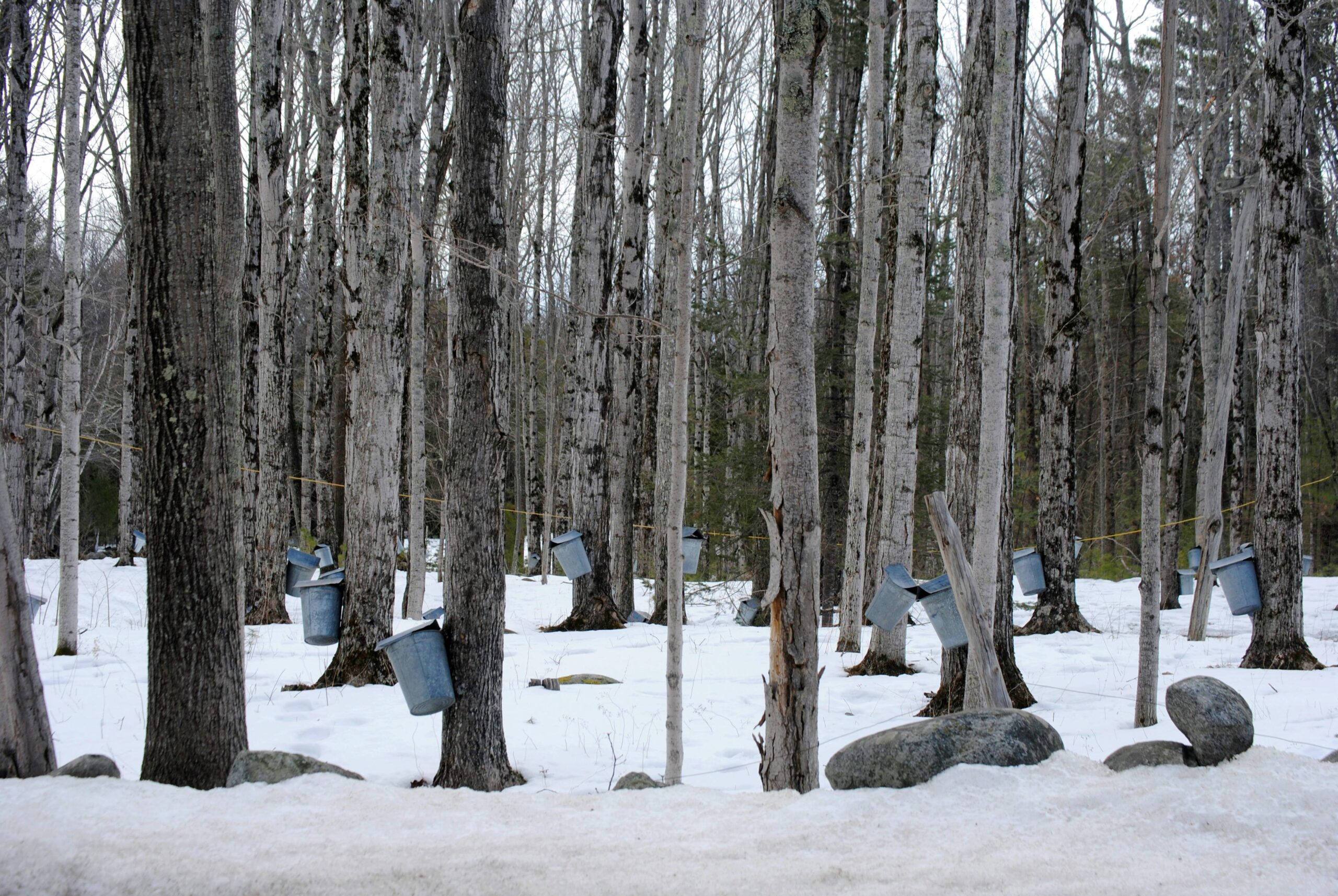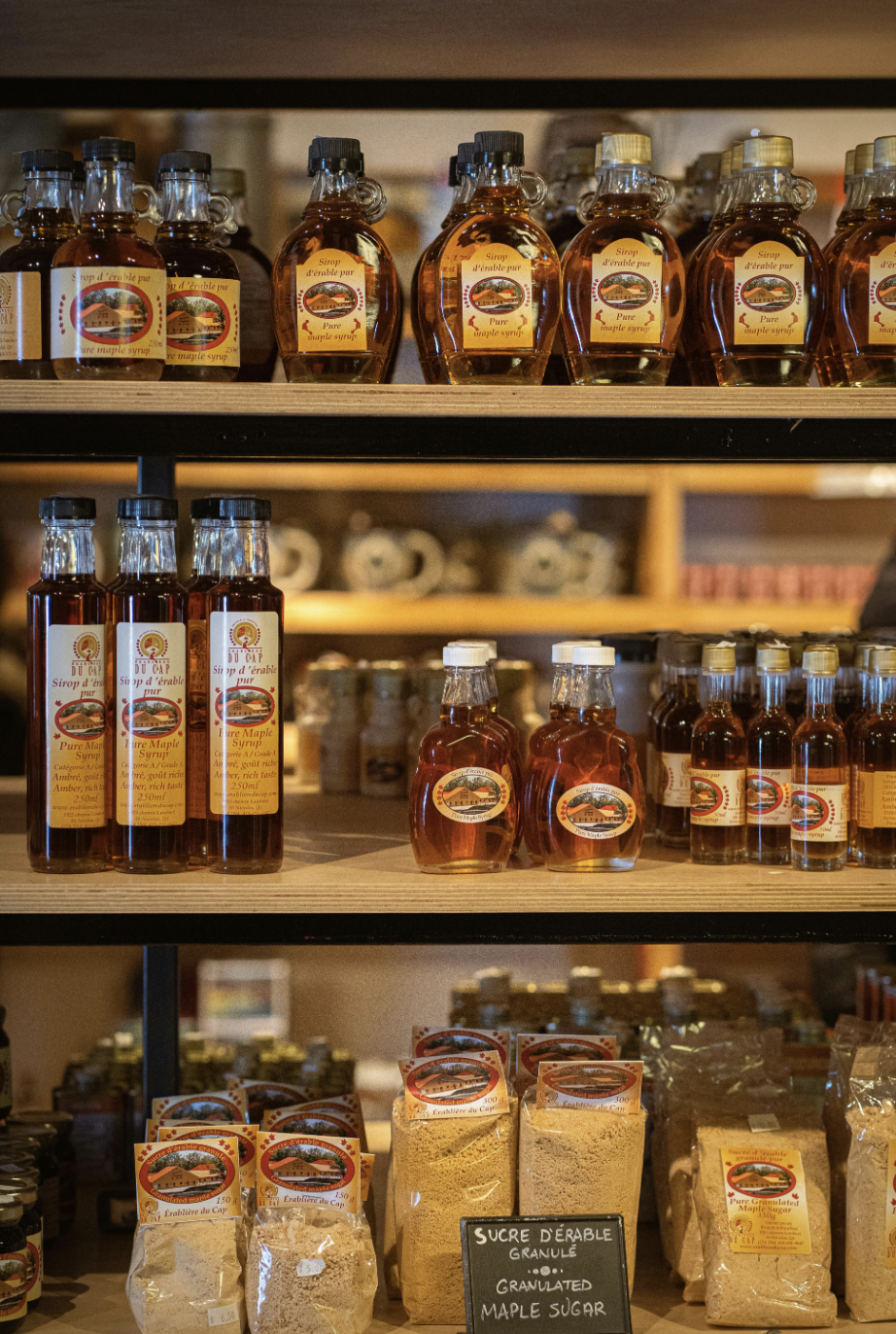Maple Weekend in the Sugar River Region: March 16-17, 2024 Experience the Sweet Essence of New Hampshire
Maple Weekend in the Sugar River Region: March 16-17, 2024 Experience the Sweet Essence of New Hampshire
Written by Halle Swets on February 29, 2024.
During Maple Weekend, participating sugarhouses across New Hampshire open their doors to the public, offering visitors a chance to experience the maple sugaring process firsthand. Activities often include guided tours of the sugarhouses, demonstrations of tapping trees, collecting sap, and boiling it down to make maple syrup.
Visitors can learn about the history and science behind maple syrup production, ask questions to experienced maple producers, and, of course, sample and purchase various maple products. These may include different grades of maple syrup, maple candies, maple cream, and other maple-infused treats.
All About the Sugar River Sugar Shacks:
- Did you know that it takes approximately 40 gallons of maple sap to produce just one gallon of pure maple syrup? During Maple Weekend in New Hampshire, you can witness the dedication and hard work of maple producers as they transform nature’s bounty into the sweet liquid gold that graces breakfast tables everywhere!
- Maple trees are truly the stars of the show during Maple Weekend! It takes around 40 years for a sugar maple tree to reach the ideal size for tapping.
- The sugaring season in New Hampshire typically occurs in late winter to early spring, usually from late February to early April.

Snow-Covered Sugar Shack at the Sullivan County Nursing Home. Image Credit: Sullivan County Government.
All About Sugar Shacks
Sugar shacks, also known as sugarhouses, play a vital role in the production of maple syrup. The history of sugar shacks is intertwined with the development of maple syrup production, particularly in regions with abundant sugar maple trees. The history of sugar shacks began with the indigenous peoples and the practice of tapping maple trees for sap has ancient roots, with indigenous peoples in North America being the first to discover the process. They collected sap and used various methods, including freezing and evaporation, to concentrate the liquid and produce a form of maple syrup. Later, European settlers arriving in North America learned about maple sugaring techniques from indigenous peoples. Over time, they adapted and refined these methods, incorporating metal tapping tools, kettles, and later, more sophisticated evaporators. As maple sugaring became more organized and commercialized, dedicated structures known as sugar shacks began to appear. Early sugar shacks were likely simple, utilitarian buildings designed for the processing of sap into syrup. The 19th century saw the expansion of the maple syrup industry, with producers adopting more efficient technologies for sap collection and syrup production. Sugar shacks evolved to accommodate larger-scale operations, and some were equipped with rudimentary evaporators fueled by wood.
Key Points About Sugar Shacks:
- Purpose: Sugar shacks are structures specifically designed for the processing of maple sap into maple syrup. They serve as the central hub for the collection of sap, boiling it down, and turning it into the final product.
- Location: Sugar shacks are typically found in regions with maple trees, especially in northeastern North America. These areas, such as New England and parts of Canada, have ideal conditions for maple syrup production.
- Design: Sugar shacks often have a rustic and traditional appearance. They may be small wooden structures with a distinctive chimney releasing steam during the boiling process. Some modern sugar shacks incorporate technology for more efficient syrup production.
- Seasonal Operation: Sugar shacks are operational during the sugaring season, which generally occurs in late winter to early spring. This is when the temperature fluctuations between freezing nights and warmer days stimulate the flow of sap in maple trees.
- Maple Sap Processing: Inside the sugar shack, the sap collected from tapped maple trees is boiled down to evaporate the water content, leaving behind the concentrated syrup. This process can take several hours and often involves large evaporators fueled by wood or other energy sources.
- Culinary Delights: Many sugar shacks not only produce maple syrup but also offer a variety of maple-infused products. Visitors can enjoy pancakes or waffles topped with fresh maple syrup and explore different treats like maple candies and creams.
- Cultural and Tourist Attractions: Sugar shacks are not just places of production; they are also cultural landmarks and tourist attractions. Some sugar shacks open their doors to the public, allowing visitors to witness the syrup-making process, learn about the history of maple sugaring, and sample various maple products.
- Community Events: Sugar shacks are sometimes associated with community events, such as Maple Weekend, where producers open their facilities to the public, fostering a connection between producers and consumers.
To learn more about specific sugar shacks or events in a particular region, it’s recommended to check with local maple syrup associations or organizations dedicated to promoting the maple industry, like here at the New Hampshire Maple Producers Association, Inc.
Maple March Sugar River Social
We hope you learned a thing or two on Maple Weekend in the Sugar River Region! We encourage anyone and everyone, locals or visitors, to check out some sugar shacks during the month of March to not only get some sweet and tasty maple treats, but also to experience an important part of our region’s heritage and culture. Stay tuned for details on our upcoming Sugar River Social!


